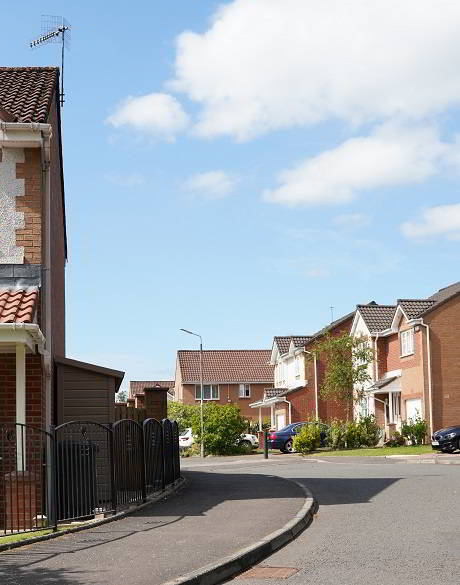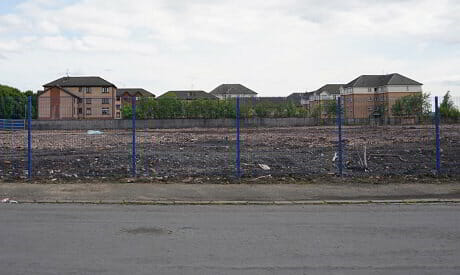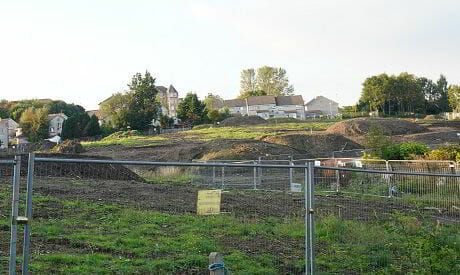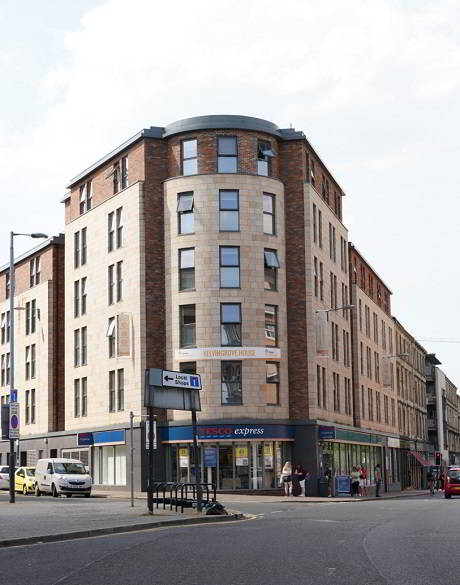“Development sites are required for 3,000 ‘later living’ communities in England alone!” Argues Tom Rankin of Prime Land Consultants in this article.
In the UK there is a dire shortage of high-quality retirement homes with care and wellbeing facilities on site. So, in this article Prime Land Consultants suggests that land can be brought forward with planning applications for later living homes to help some of the UK’s 3.1 million ‘last-time buyers’.
Well over 3,000 later living communities need to be built in the next few years alone. Measures will ease pressure on a disjointed property market in the mid-term and help the NHS and social care systems throughout the country.
What’s behind the booming demand for later-living homes?
“The broken housing market and government and local authority incompetence,” suggests Tom Rankin, MD of Prime Land Consultants.
“There’s a huge demographic time bomb hitting the UK. People are living longer but limited consideration is being given to this problem in Town Planning policies. The ‘last-time buyers’ within the UK have very few options for retirement homes and their needs are largely being ignored.”
Later Living is a diverse sector made up of both ‘age-restricted housing’, designed for down-sizers, and ‘housing with care’ (or ‘extra-care schemes’) which includes care and support as well as housing.
Currently there are more than 12 million people over 65 in the UK. What’s more, the over-65s are due to rise to around 19 million in the next 10 years, with 25% of the population forecast to be over 65 by 2037 (source: ONS Population Projections 2020-based).
According to ARCO (Associated Retirement Community Operators) only 0.6% of over-65s currently have the opportunity to live in an ‘integrated retirement community’ in the UK, compared to at least 5-6% of over-65s in New Zealand, Australia, and the US.
What land is ideal for later living developments?
“So if you’re a landowner selling land on the edge of a town in England (ideally with a period building) or a brownfield site of 1-5 acres, then we want to hear from you,” says Tom Rankin at Prime Land Consultants.
“It doesn’t have to be land allocated for later living in the Local Plan. And ideally, selling prices for homes in the area should be more than £300 per square foot.
“The best locations for private later living developments are the Home Counties – more specifically South Oxfordshire, Aylesbury Vale, the Chilterns, East Hertfordshire, the Reigate area, Surrey and Chelmsford. And, we are also looking for land for later living developments in Cheshire and Chester, the Cotswolds and South coast.”
But politicians and planners aren’t allocating enough land for later living
There are challenges getting through to politicians at both national level and local level. On the face of it, this should be a great vote-getter for the millions of citizens over 65 as it helps to take pressure off the NHS.
“If there is no senior housing policy in place in your area, then we may have a solution for getting planning consents for more later living sites. Making representations to planning departments early is important,” Tom Rankin suggests.
“Planning is the biggest barrier to growing the senior living sector. Councils are currently not allocating anything like enough land for senior living. 50% of England’s authorities don’t have any clear policies in place in local development plans for senior housing. Instead there is a ‘patch work’ of policies.
“A more uniform approach is required and planners need to distinguish between later living with care and the typical age-restricted homes for downsizers.”
Increasing later living development land has many benefits
There are many benefits from later living developments:
- Reduces pressure on the NHS.
- Boosts local economies.
- Gives historic properties a new lease of life. Many of these developments use listed buildings as a central community hub at the heart of the scheme.
- Provides substantial enhancements to local biodiversity within sites, with inbuilt habitat improvements.
- Significantly reduces energy consumption through building fabric improvements and minimises water usage.
More evidence of the critical shortage of later living communities
BNP Paribas Real Estate analysis confirms that there’s a current shortfall of over 487,000 senior living housing units across the UK, highlighting the urgent need for more development sites to be allocated.
Assuming there is a 150 unit allocation for each senior living scheme, 3,245 later living communities need to be built to fill the gap in supply. What’s more, this figure does not event take into account the 31% expected growth in over-65s as life expectancy increases over the next 15 years.
According to the English Housing Survey, 80% of over 65s own their own home (either with a mortgage or outright). In the latest Housing Futures report, a consumer survey published by Strutt and Parker, 48% of those over the age of 66 would prefer to rent their next home!
Sam Rowland, Head of Healthcare and Senior Living at BNP Paribas Real Estate reported: “The current shortfall in housing product for senior living is indicative of the consumer misconceptions around the offer it provides, and [misleading] comparisons to the likes of care homes which provide an entirely different capacity of support for its residents.
“The lack of supply of homes across the UK is a cause for alarm..”
A final word from Prime Land Consultants
Tom Rankin, owner of Prime Land Consultants, concludes: “there needs to be a ‘sea change’ and much more consistent approach across councils across England with specific land allocated for later living developments. This should include large mixed-use consents such as Garden Villages.
“However, even where no land has been allocated for senior living in Local Development Plans, there can be a strong argument for making planning applications for later living development in the short term, in advances of changes to Local Plans.”
You can see more on Prime Land Consultants and their requirements for land for later living developments on our website.




